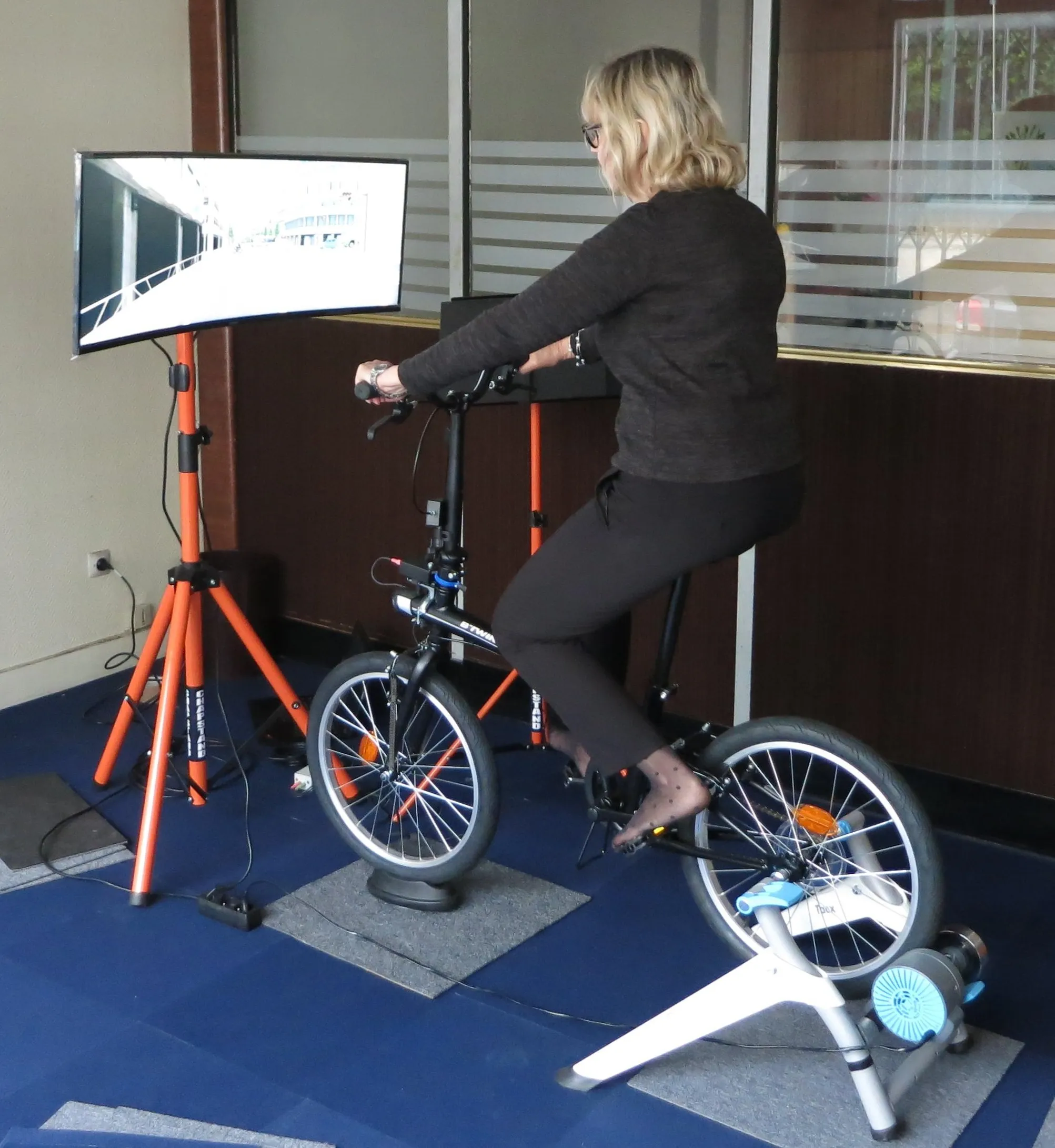Connected vehicle technology is helping Michigan Department of Transportation (MDOT) clear snow and ice from roadways faster, using GPS-based automatic vehicle location (AVL) devices on its winter road maintenance equipment. These systems report where each truck is, and they gather data from other sensors to report details like atmospheric conditions, camera images, and speed and salt application rates for each vehicle.
MDOT feeds that information, plus additional road and weather data and forecasts, into its maintenance decision support system (MDSS), which it uses to better plan for winter storms. It's a powerful combination for managing ploughing and salting operations.
''Monitoring snowplough speeds and material application helps us apply efficient salting practices,'' said Melissa Howe, region support engineer for MDOT's Maintenance Field Services Section. ''Maintenance supervisors can also easily adjust shifts based on the timing of a storm so we have ploughs on the roads precisely when they're needed, adding people proactively rather than reactively.''
MDOT has installed AVL/GPS on all of its ploughs and some county road commissions are also using the technology. With multiple systems in use, MDOT and counties are collectively researching how to expand the deployment of this technology while coordinating and standardising its use.
MDOT says AVL and MDSS have helped reduce salt consumption, contributing to an estimated 2.2 percent increase in efficiency. MDOT spends about US$30 million on salt in an average year, so even modest reductions in salt use save a lot of money. In addition, MDOT operations and maintenance engineers have improved the system interface to show more detail and more accurate locations, and they expect even greater efficiencies as MDOT gains experience with the system.
With cost-savings and safety in mind, MDOT promotes a number of best practices to boost salt use efficiency during winter maintenance. The department is encouraging its drivers to drive slower when possible while applying salt so more stays on the road. MDOT is also investigating new application systems to keep the salt from bouncing out of driving lanes. Other '’sensible salting’' solutions include setting application guidelines for winter conditions, using weather stations to better target areas that will benefit most from salt, and pre-wetting the salt so it sticks to the road and starts working faster.
MDOT uses connected vehicle technology to clear snow and ice
Connected vehicle technology is helping Michigan Department of Transportation (MDOT) clear snow and ice from roadways faster, using GPS-based automatic vehicle location (AVL) devices on its winter road maintenance equipment. These systems report where each truck is, and they gather data from other sensors to report details like atmospheric conditions, camera images, and speed and salt application rates for each vehicle.
January 9, 2017
Read time: 2 mins










